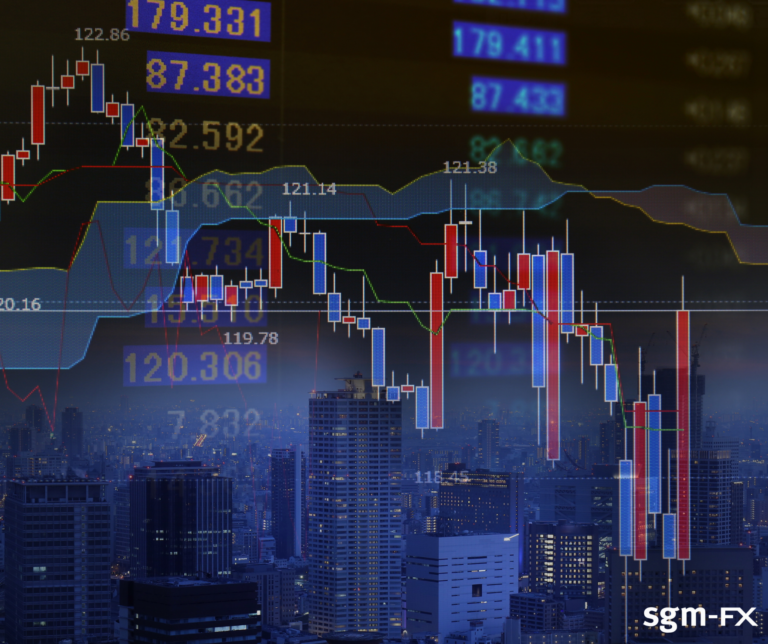
Morning Brief – More stimulus?!
When you look at the inflation concerns that have been developing in the US economy as a result of Biden’s €1.9tn stimulus package you may have thought it would be madness to start planning yet another round of $3tn worth of stimulus. After all, if people thought that the existing package risked creating excessive inflation and the economy would be over stimulated during the recovery phase from the pandemic, how can borrowing and spending even more be any different. But I’m not so sure. Whilst the initial headlines may have been a surprise, this new stimulus plan could provide support to the US economy without risking undue inflation and crowding out the private sector.
Let’s make it clear initially that the $3tn stimulus plan was a headline grabber. This fiscal stimulus policy was something that the White House is reportedly considering and not something that is a reality or even close to fruition yet. Rather the prospect of it in the US and indeed globally is critical to understanding how the global foreign exchange market will react to national recovery programmes and how nations can determine their own recovery. It is the job of the White House as it is any government to consider every policy possible and to analyse the best path forward. But let’s say the US economy (or any other for that matter) really did pursue a fiscal response of this size during the recovery phase of the economy. After the tsunami of stimulus that has preceded it – could the economy soak up that extra spending and what would be the result?
The core of my argument is that the proposed $3tn stimulus plan is completely unlike the stimulus plan of $1.9tn that got markets up in arms and marching for the exit in the bond market recently. The stimulus that President Biden has already passed afforded direct payments to US citizens and was a crisis era response policy. With a world class vaccination programme and a well positioned economy it was thought that the short term fiscal stimulus including putting purchasing power into the pockets of US consumers directly would cause upward price pressure. However, the plans now supposedly under consideration concern infrastructure spending programmes designed to level up the economy, invest in its supply side capacity (typically a deflationary exercise) and expand the productivity of the US economy.
There is and will still be a considerable output gap in nations emerging from the pandemic and productive capacity is likely to remain both below pre-pandemic absolute and projected levels for some time. Therefore, when the nature of spending and borrowing is targeted towards infrastructure and productivity spending, the effect is not inflationary, unlike putting another $1,000 in someone’s pocket. Similarly, whilst the amount spent is larger in the proposed infrastructure plan, it is investment and productivity spending that are likely to see the slowest recovery in the private sector having been caught on the back foot for the past year. The time horizon of infrastructure spending is also considerably longer – how long does it take to build a bridge, or upgrade telecommunications or deliver a new cross-country railway versus spending $1,000 in your pocket?
Infrastructure borrowing and spending should be a key component of any successful nation’s response to the pandemic and help foster a more even and balanced global recovery than the economic crisis of 2007/8. Encouraging borrowing at the longer end of the yield curve due to the duration of the spending projects, this should steepen rather than crowd out the yield curve and encourage growth expectations. Normally, this would play out to the benefit of the national currency, however, with a unique safehaven status and often idiosyncratic reactions to economic adjustments, the path of USD will be less clear.
Discussion and Analysis by Charles Porter

Click Here to Subscribe to the SGM-FX Newsletter
Related Insights

Daily Brief – 2+1 ‘winners’
2+1 ‘winners’ Happy New Year. As weather warnings fade in favour of New Year’s resolutions, the UK embarks upon its first trading day of 2025. Some markets remain closed today with notable value date exceptions from Switzerland, Japan and New Zealand. As we highlighted earlier in the week, 2024 was characterised by the typically asynchronous […]

Daily Brief – Inter-Americas divide
Inter-Americas divide With Christmas Eve now upon us, markets will be expecting a quieter day than they received four years ago. On this day in 2020, having locked down the UK and ‘cancelled Christmas’, Boris Johnson announced the completion of a post-Brexit trade deal with just a handful of days until the end of the […]

Daily Brief – Final Trading Day of 2024
Final Trading Day of 2024 With Christmas Eve now upon us, markets will be expecting a quieter day than they received four years ago. On this day in 2020, having locked down the UK and ‘cancelled Christmas’, Boris Johnson announced the completion of a post-Brexit trade deal with just a handful of days until the […]



 Charles Porter
Charles Porter